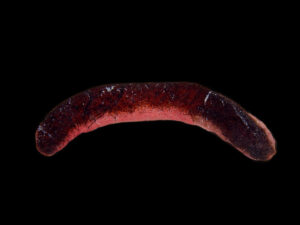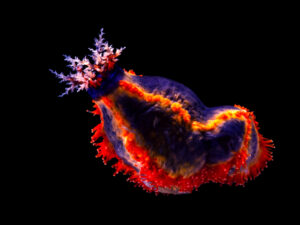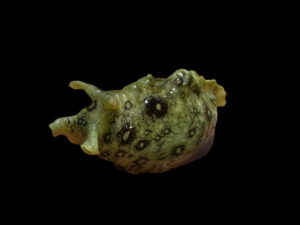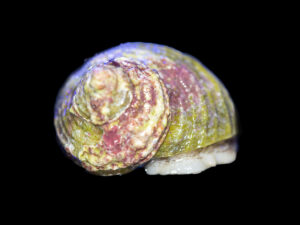Related products
-
Burnt Sausage Cucumber
$25.00Select options This product has multiple variants. The options may be chosen on the product page -
Hot
Coral Banded Shrimp
$50.00 – $125.00Select options This product has multiple variants. The options may be chosen on the product page -
Sea Apple
$45.00Select options This product has multiple variants. The options may be chosen on the product page -
Giant Red Hermit Crab
$45.00Select options This product has multiple variants. The options may be chosen on the product page -
Red Indica Starfish
$30.00Select options This product has multiple variants. The options may be chosen on the product page -
Winged Sea Hare
$35.00Select options This product has multiple variants. The options may be chosen on the product page -
30%
Turbo Snail
$5.00 – $70.00Select options This product has multiple variants. The options may be chosen on the product page -
12%
Strombus Snail
$12.50 – $110.00Select options This product has multiple variants. The options may be chosen on the product page -
25%
Astraea Snail
$10.00 – $75.00Select options This product has multiple variants. The options may be chosen on the product page -
Mantis Shrimp – Assorted
$75.00Select options This product has multiple variants. The options may be chosen on the product page -
Tropical Abalone
$55.00Select options This product has multiple variants. The options may be chosen on the product page -
Mottled Starfish
$35.00Select options This product has multiple variants. The options may be chosen on the product page
Trochus Snail
$10.00 – $75.00
Please Note: Due to variations within species, your item may not look identical to the image provided. Approximate size range may also vary between individual specimen.
Deep dive >
Quick Stats
- Dietry Requirements
- Compatible With
- Maximum Invert Size (cm)
- Minimum Tank Size (L)
- Same Species Aggression
- Other Species Aggression
- Care Requirements
The Trochus Snail is prized by marine aquarists of all experience levels for numerous reasons. Trochus Snails are easy to care for and very adept at working as your aquarium’s cleanup crew. The Trochus Snail normally has a black foot that is an off white/tan color on the underside of the foot. It boasts a pale gray, pyramid shaped shell.
Perhaps what many aquarists appreciate the most is the ease with which Trochus Snails seem to breed in the home aquarium. It reproduces sexually by releasing gametes into the water column. The gametes appear as a cloudy, white substance. Breeding activity is usually sparked by changes in lighting or water conditions. After the gametes join, they develop into free-swimming larvae that eventually settle into your aquarium substrate and develop into mature snails over a period of a few months.
The Trochus Snail is well suited for reef aquariums. The Trochus Snail is very peaceful and because of its shell shape, it is not easily eaten by crabs.
The Trochus Snail does best in a well-established aquarium with ample hiding places and room to forage. It naturally feeds on green hair algae amongst your live rock, substrate, and aquarium glass. The Trochus is also an effective film algae eater.
Like other invertebrates, Trochus are sensitive to high nitrate levels and intolerant of copper-based medications. It requires a gradual acclimation process, preferably the drip acclimation method. If food levels are insufficient in your aquarium, supplement their diet with dried seaweed. Though most Trochus Snails seem to breed easily, there are no distinguishing characteristics between males and females.
Related products
-
Mottled Starfish
$35.00Select options This product has multiple variants. The options may be chosen on the product page -
Sea Apple
$45.00Select options This product has multiple variants. The options may be chosen on the product page -
31%
Nassarius Snail
$6.50 – $45.00Select options This product has multiple variants. The options may be chosen on the product page -
33%
Peppermint Shrimp
$15.00 – $100.00Select options This product has multiple variants. The options may be chosen on the product page














